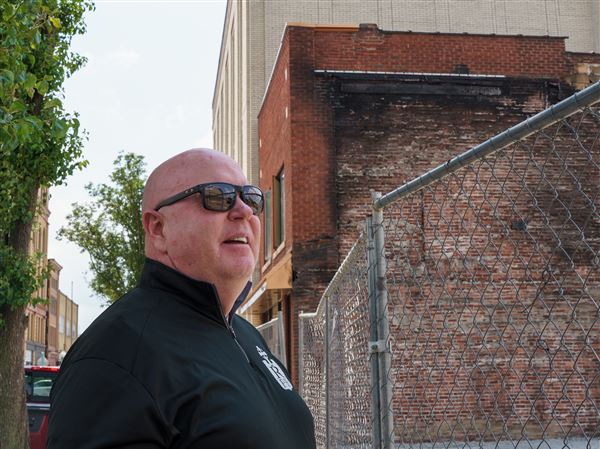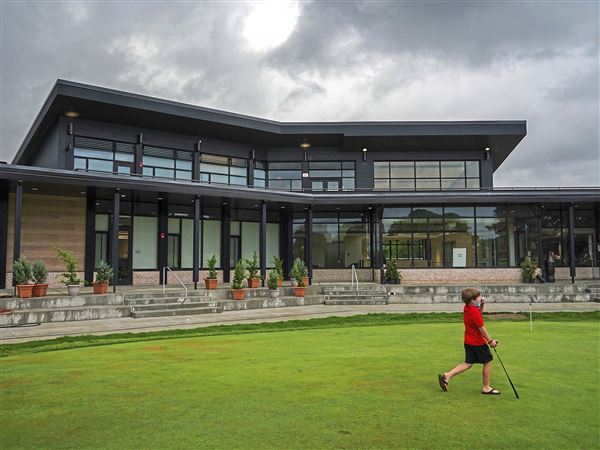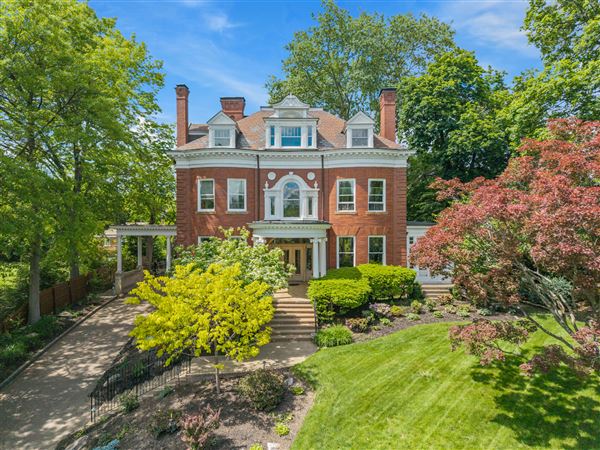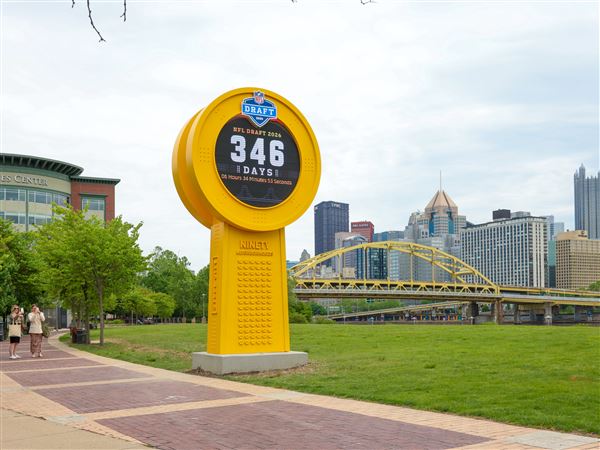Visit the historic landmarks in Western Pennsylvania linked to the 1791-94 Whiskey Rebellion and you'll get a slightly different version of the tale at each one.
So says Rob Windhorst, president of Neville House Associates, a volunteer group that maintains Woodville Plantation in Collier. More commonly known as the Neville House, it once was owned by John Neville, a Revolutionary War military officer and tax collector.
"They'll tell you a whole different story," he said of personnel at two other Whiskey Rebellion homesteads in the region. "And I think that's really a great way of looking at history."
Arden Farley of the Oliver Miller Homestead in South Park agrees: "It was the worst of times and the best of times -- depending on whose side you're on."
That's what keeps these bona fide history buffs coming back. There are many angles to one story. And there's often a new discovery emerging, turning the sites into living history books the curators are happy to let rewrite themselves.
You don't have to travel to Colonial Williamsburg or Plymouth, Mass., to learn about some of the richest stories in early American history. Several sites here in our region offer a fascinating glimpse into our past.
Historians restored the Neville House to interpret the years 1780 to 1825, a little later than Williamsburg. The house at Woodville Plantation was Neville's vacation home, and his primary domicile was the Bower Hill mansion in nearby Scott, which was burned by farmers during the Whiskey Rebellion -- the tax protest that President Harry Truman called one of the six most important events in American history.
Only the Neville House stands today, and inside there are countless treasures. In the 1980s, historians were able to match a tiny swatch of original wallpaper in the parlor with the last few existing rolls that were stored in a warehouse in England. A pianoforte, similar to that of the home's second owner, Christopher Cowan, was donated in 2006. Volunteers invite visitors to tap out a tune.
In this historic space, there are some things you can touch.
And outside, there's a bit of living history: a stout, English cabbage rosebush grows wildly in a corner near the front porch.
"This is a 150-year-old plant," Mr. Windhorst said.
Volunteers may let you take home one of its fragrant blossoms or some vegetables from the garden.
The Whiskey Rebellion is important for many reasons. It marked the first domestic uprising under the new U.S. Constitution and the first time the federal government flexed its muscle with a military presence to quell the unrest. One of the first taxes that was levied became the catalyst for the states' rights vs. federal government debate, said Clay Kilgore, director of the David Bradford House on Main Street in Washington.
Under the Articles of Confederation, the government did not have the authority to levy taxes and thus amassed a great deal of debt. After the Constitution was adopted, so was a 1791 tax on all distilled spirits. State inspectors, including Neville, were tasked with enforcing it. Farmers in this area said the tax absorbed any money they would make from distilling excess grain into whiskey.
In 1794, Neville showed up near the present-day Oliver Miller Homestead to serve Oliver's son, William Miller, with papers for failure to register his still.
"The Millers relied on the whiskey as a drink and also as a cash crop," Mr. Farley explained.
Whether what happened next was wrong or right can vary by perspective, Mr. Kilgore said.
David Bradford, a lawyer, businessman and deputy attorney general of Washington County, led the group of farmers protesting the tax. The group later set fire to Neville's Bower Hill mansion in Scott. Though he believed the tax was detrimental, Bradford didn't rally with the farmers on that pursuit and thought burning the home was wrong.
"From a farmer's point of view, that was the right thing to do," Mr. Kilgore said.
So while the tale Mr. Kilgore shares with visitors at the David Bradford House is from a farmer's perspective, it also explores Bradford's feelings about the protests. Mr. Kilgore is sure to explain that, for many Western Pennsylvania farmers, whiskey was their livelihood and the tax was a tremendous hardship. Some even made it just for their own use or to barter on the planation.
At the Oliver Miller Homestead, "Woodville's our enemy," Mr. Farley said.
And for Woodville's purposes, Neville was just doing his job. Asked if it's difficult to keep up the home of a man who isn't lauded in every version of every history, volunteers there said not at all.
"It doesn't mean he's less interesting," said Jim Galbraith, vice president of Neville House Associates.
"If you would have come to the Bradford House 20 years ago, they would have told you a whole different story than what we tell you today," Mr. Kilgore said.
For years, tour guides told visitors that when federal troops exploded through the door to seize him, Bradford dived out of the window and raced away by horse -- a story written in some history books. It made for good reading, but it isn't true. Recently Mr. Kilgore's team learned through online research that Bradford had already left town a week before guards came.
"It's a more boring story, I've got to admit," he said.
The narrative of yesteryear has changed at the Neville House, too.
Historians from Williamsburg and other institutions have visited Woodville over the years and discovered new details that led Mr. Windhorst and Mr. Galbraith to adjust their tours just a little bit. But they don't mind.
For one, through the science of dendrochronology, or tree-ring dating on pieces of original wood from the home, they discovered a few years ago that the main house was built in 1776 and the kitchen followed a decade later, built to accommodate guests for a wedding. The volunteers at Neville had always thought the kitchen had been built with the main house.
For all of these volunteers, it's the love of storytelling that keeps them riveted.
"But for me," Mr. Kilgore said, "it's going home and trying to find out even more that keeps us going."
The David Bradford House is open May through September, from 11 a.m. to 5 p.m. Wednesdays through Saturdays. Admission is $5 for adults and $3 for seniors and students. For more information, call 724-222-3604 or visit www.bradfordhouse.org.
The Oliver Miller Homestead is open for self-guided tours from 1:30 to 4:30 p.m. Sundays, through December. Admission is $2 for special events and $1 on nonevent Sundays. For more information, call 412-835-1554 or visit olivermiller.org.
The Woodville Plantation is open for free self-guided tours from 10 a.m. to 6 p.m. Wednesday through Saturday. The house is open for guided tours from 1 to 4 p.m. Sundays. Admission on Sundays is $5 for adults, $3 for children ages 6 through 12 and free for children younger than 6. For more information, call 412-221-0348 or visit www.woodvilleplantation.org.
First Published: May 24, 2012, 8:00 a.m.
Updated: May 24, 2012, 12:38 p.m.
















